Sports
Top 15 Most Unusual Olympic Sports in History
By Jake Beardslee · August 4, 2024
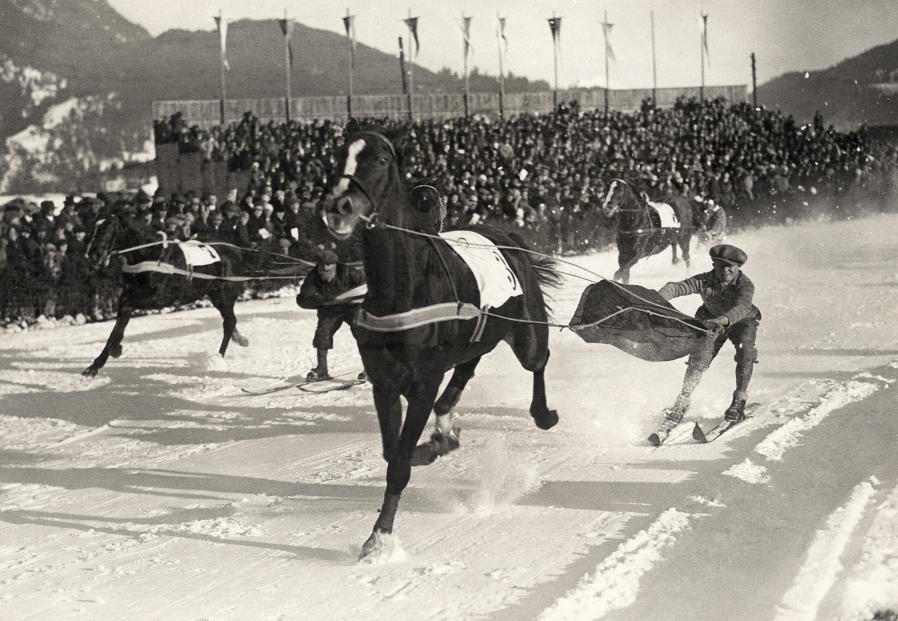
While many events have become staples of the modern Olympics, some competitions have been decidedly more unusual.
From live pigeon shooting to roller hockey, these 15 unusual Olympic sports showcase the evolving nature of the Games and humanity's creative approach to athletic competition: Nationaal Archief / Wikimedia
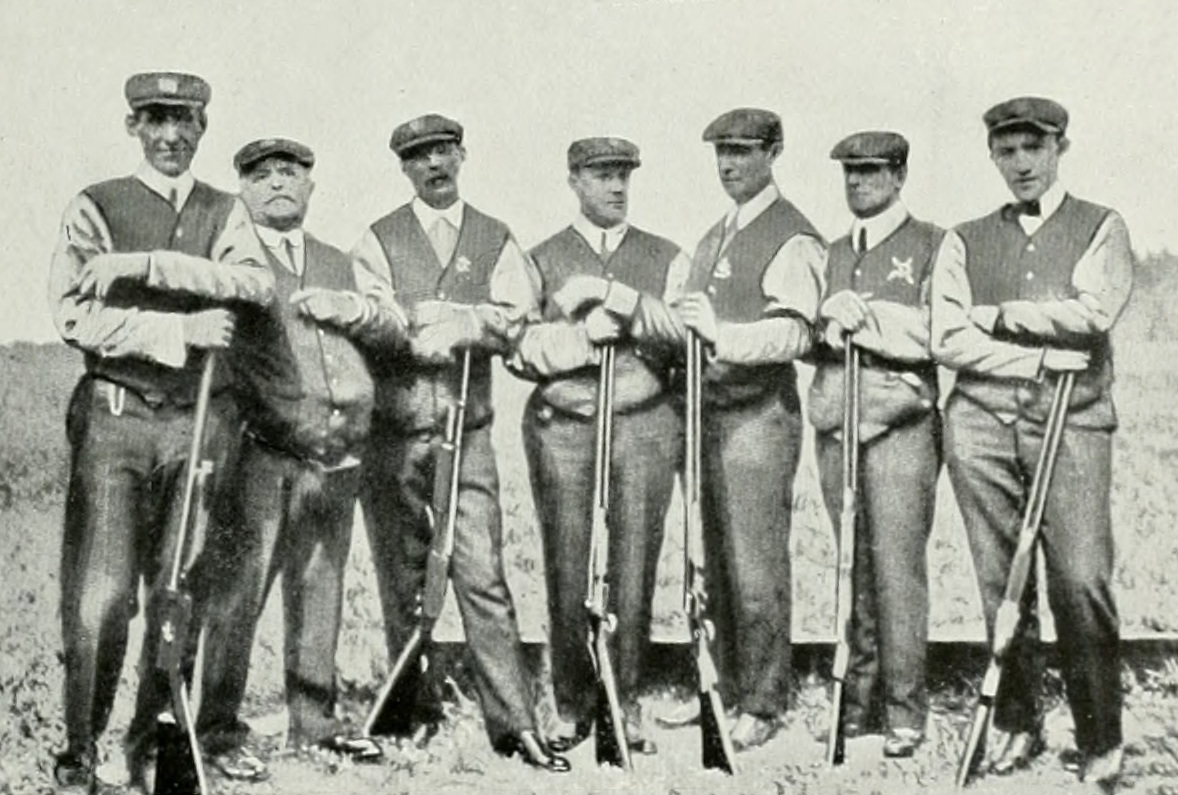
Live Pigeon Shooting
Introduced in the 1900 Paris Olympics, this event involved shooting live pigeons released in front of the competitors. It was the only time live animals were used in an Olympic event, making it one of the most controversial and unusual sports in Olympic history. PD-US / Wikimedia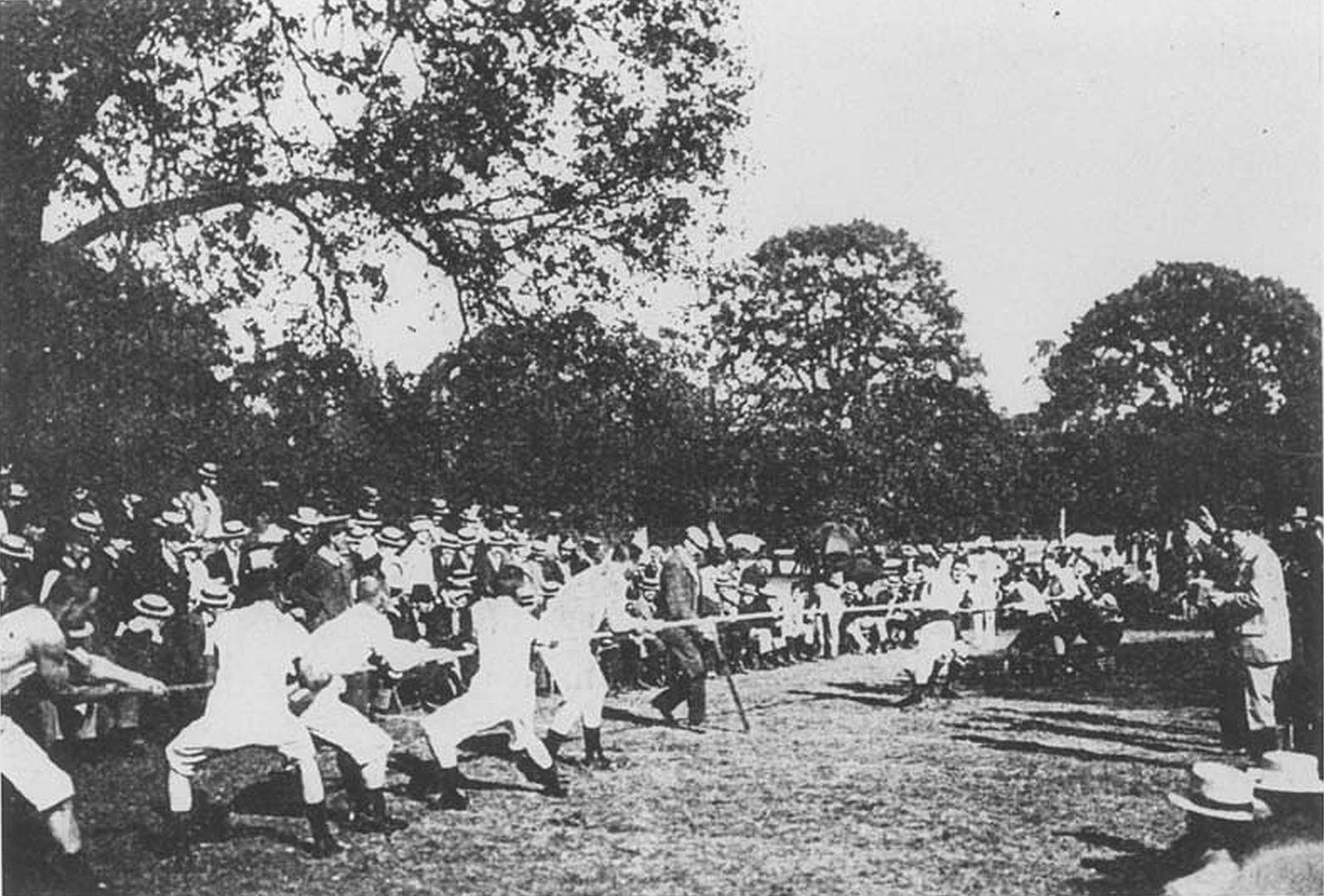
Tug-of-War
Part of the Olympics from 1900 to 1920, tug-of-war pitted teams against each other in a test of strength and endurance. This sport, often seen at school sports days, was once a serious Olympic event where countries could enter multiple teams, sometimes leading to nations sweeping all medals in the event. Olympics.org / Wikimedia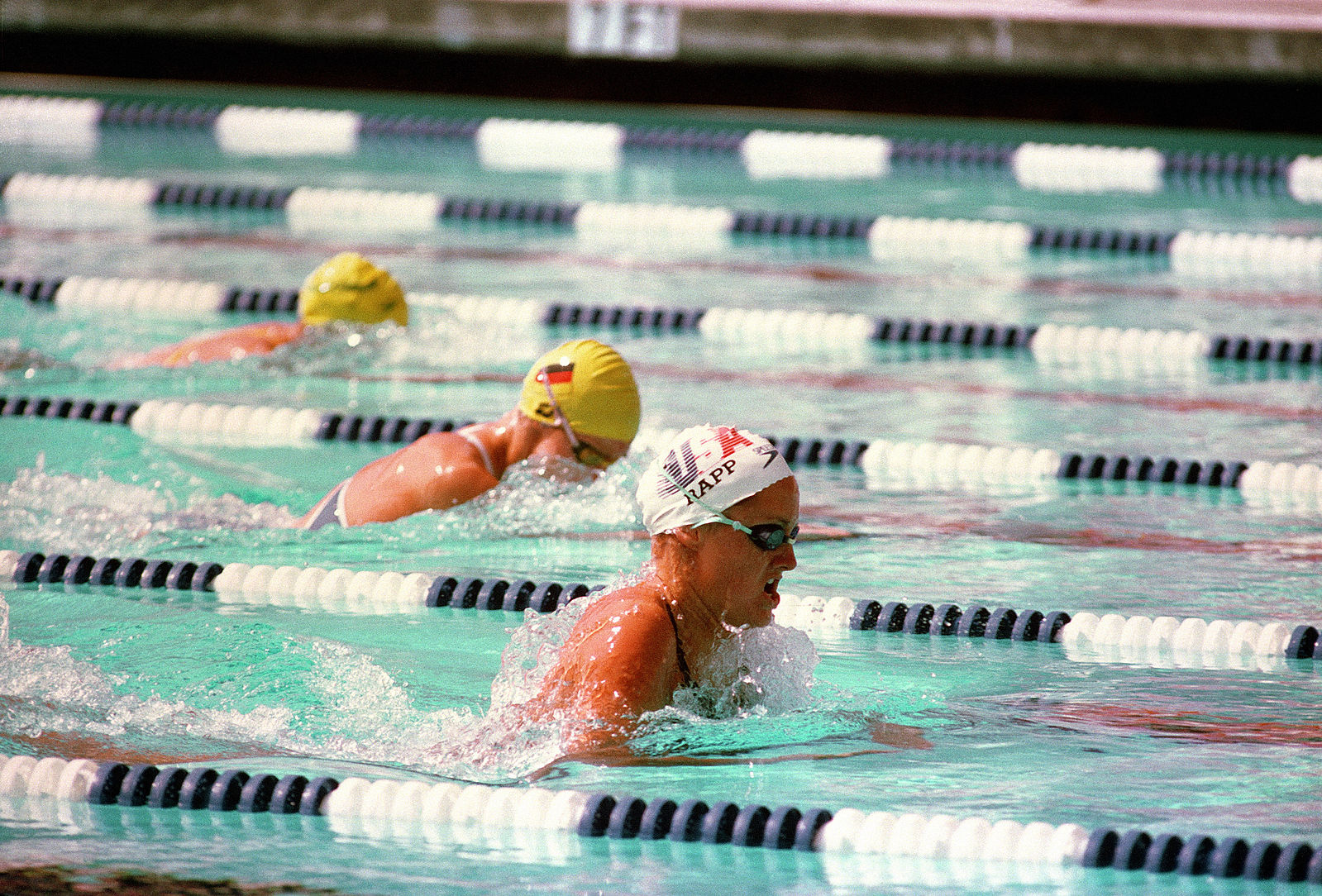
Solo Synchronized Swimming
Debuted in the 1984 Los Angeles Olympics, solo synchronized swimming was paradoxical by nature. The sport required a single swimmer to perform a routine to music, judged on both the artistic impression and technical skill, despite the term "synchronized" implying a group performance. Ken Hackman, U.S. Air Force / Wikimedia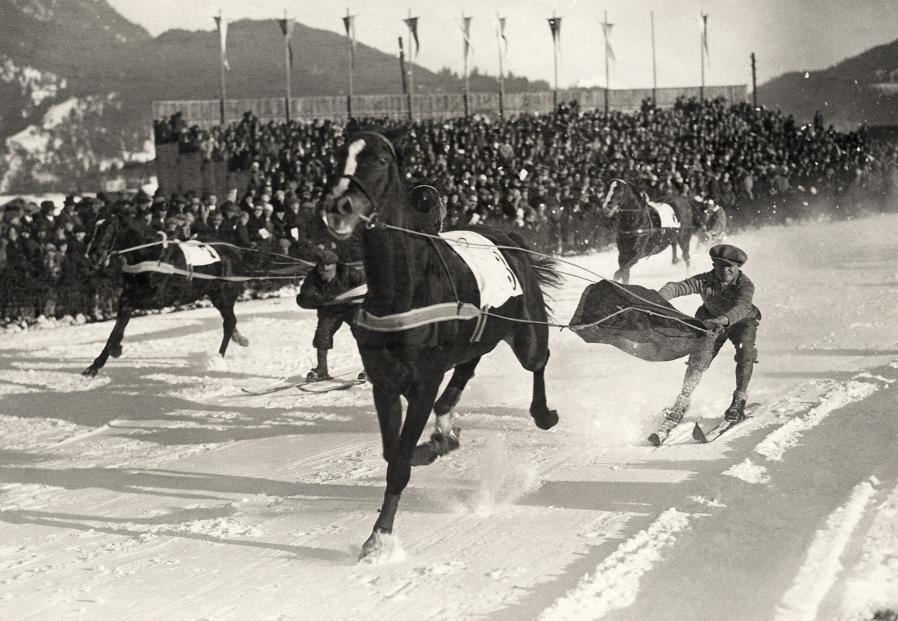
Skijoring
Skijoring made its only Olympic appearance at the 1928 Winter Olympics in St. Moritz. This sport involves skiers being pulled by horses, dogs, or motor vehicles over a snow-covered course. The version featured in the Olympics had skiers racing behind riderless horses, adding an element of unpredictability and excitement to the event. Nationaal Archief / Wikimedia
Ski Ballet
Included in the Winter Olympics as a demonstration sport in the 1988 and 1992 Games, ski ballet combined the technicality of gymnastics with the fluidity of skiing. Athletes performed choreographed routines on skis to music, a captivating yet peculiar sight on snowy slopes. Почта СССР, 1988 / Wikimedia
Plunge for Distance
Held only once, at the 1904 St. Louis Olympics, this event required athletes to dive into a pool and remain motionless for as long as possible while moving forward. The distance covered before coming up for air was measured, combining elements of diving and static apnea. PD-US / Wikimedia
Equestrian High Jump
Part of the 1900 Paris Olympics, this event featured horses and riders competing to jump over the highest possible bar. The gold medal was won by Dominique Gardères of France, with a jump of 1.85 meters. La Vie au Grand Air / Wikimedia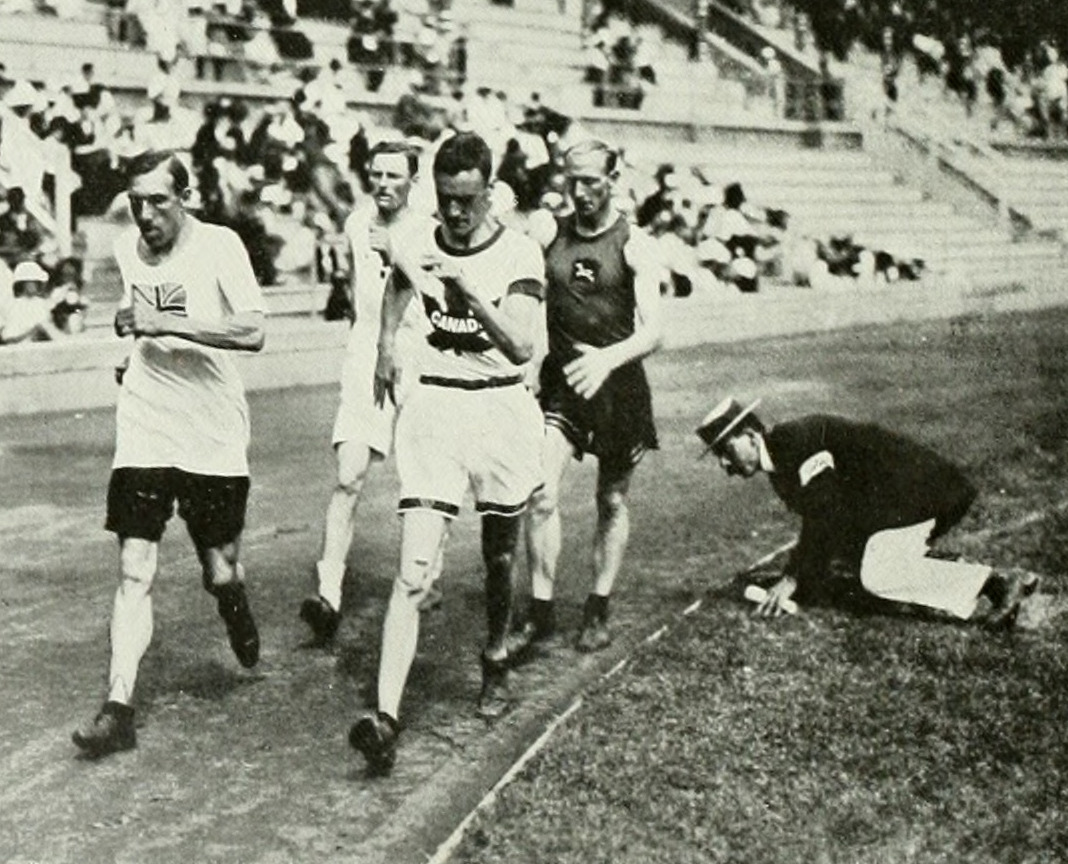
Race Walking
Still part of the modern Olympics, race walking stands out for its distinctive technique requirement: one foot must always appear to be in contact with the ground. This unique gait has led to amusing yet highly competitive events where athletes walk distances as long as 50 kilometers at astonishing speeds. photographer of IOC / Wikimedia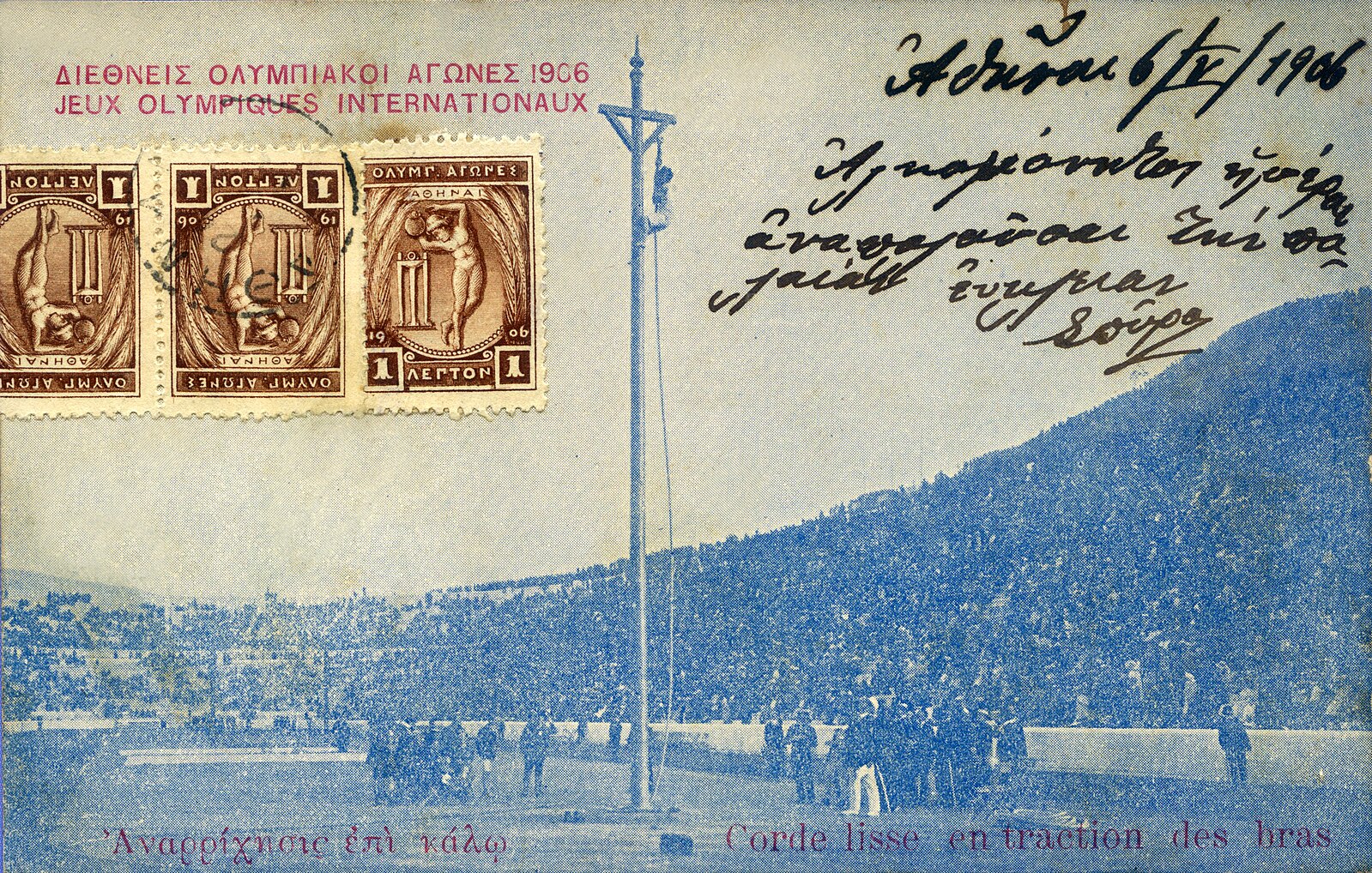
Rope Climbing
Featured in the early modern Olympic Games from 1896 to 1932, rope climbing was a test of upper body strength where competitors raced to climb a suspended rope using only their hands. The most notable win was by George Eyser, who secured the gold medal in 1904 despite having a wooden leg. Actia Nicopolis Foundation / Wikimedia
Swimming Obstacle Race
In the 1900 Paris Olympics, competitors had to navigate a 200-meter course filled with obstacles. Swimmers had to climb over a pole, scramble over a row of boats, and swim under another row of boats. Australian swimmer Frederick Lane won the event, showcasing his versatility and adaptability in a race that has never been repeated. The Strand Magazine / Wikimedia
Sport Climbing
Sport climbing made its debut at the 2020 Tokyo Olympic Games. This sport involves three disciplines: bouldering, speed climbing, and lead climbing. In bouldering, climbers scale a 14-foot wall without safety ropes. Speed climbing is a race against the clock up a 49-foot wall, while lead climbing challenges athletes to ascend as high as possible within a time limit. Martin Rulsch / Wikimedia
Trampoline
Trampoline gymnastics was introduced to the Olympics in 2000. Athletes perform acrobatic moves while bouncing on a trampoline, with routines judged on difficulty, execution, and time of flight. The sport's inclusion in the Olympics highlights the incredible control and skill required to perform high-flying tricks, but its uniqueness often leads to debates about its place in the Games. Martin Rulsch / Wikimedia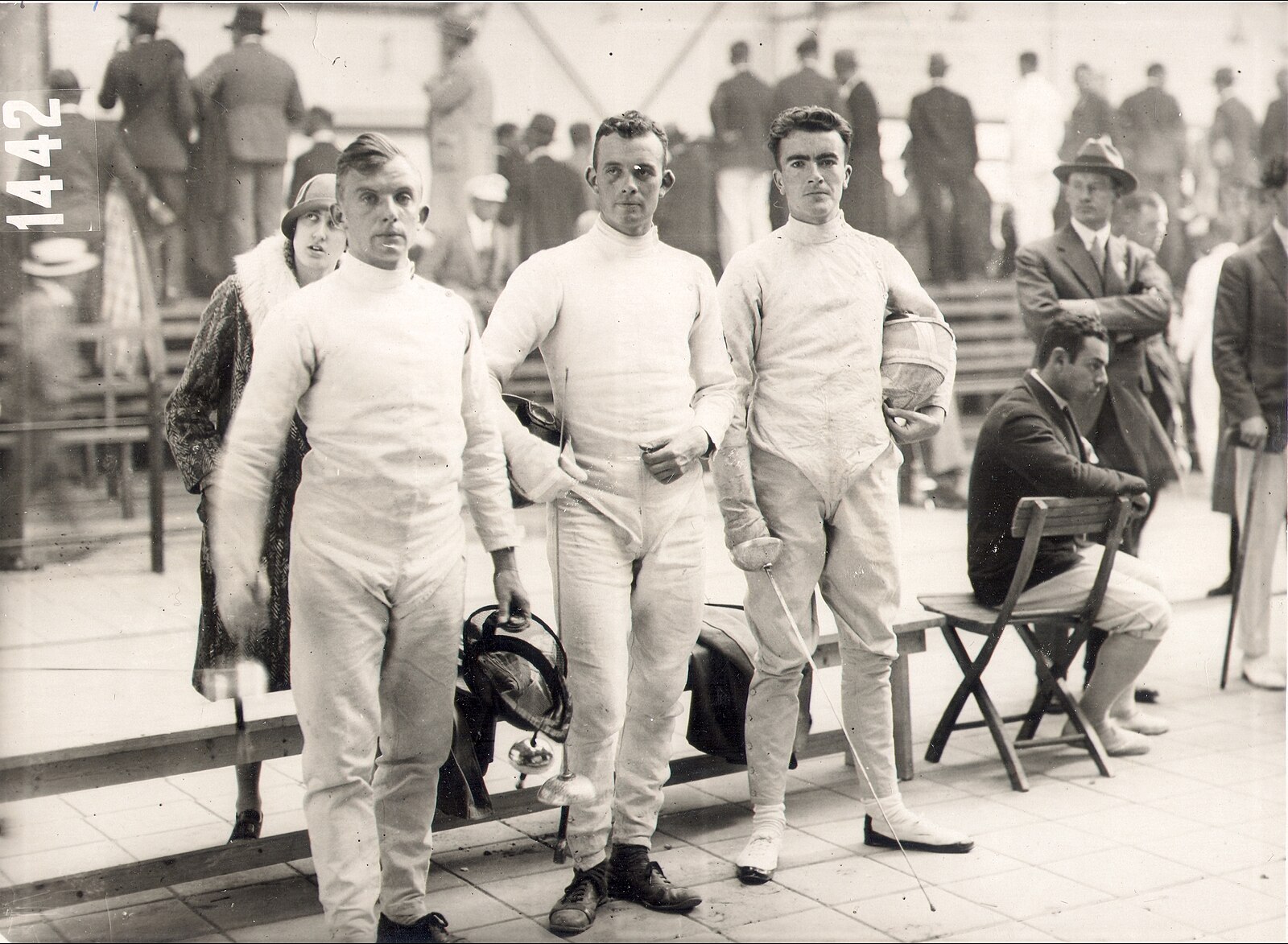
Modern Pentathlon
The modern pentathlon is a reimagining of the Ancient Greek pentathlon, introduced to the Olympics in 1912. It includes five events: fencing, freestyle swimming, equestrian show jumping, pistol shooting, and cross-country running. Designed to test the skills of a 19th-century soldier, the sport remains a unique blend of disciplines. PD-US / Wikimedia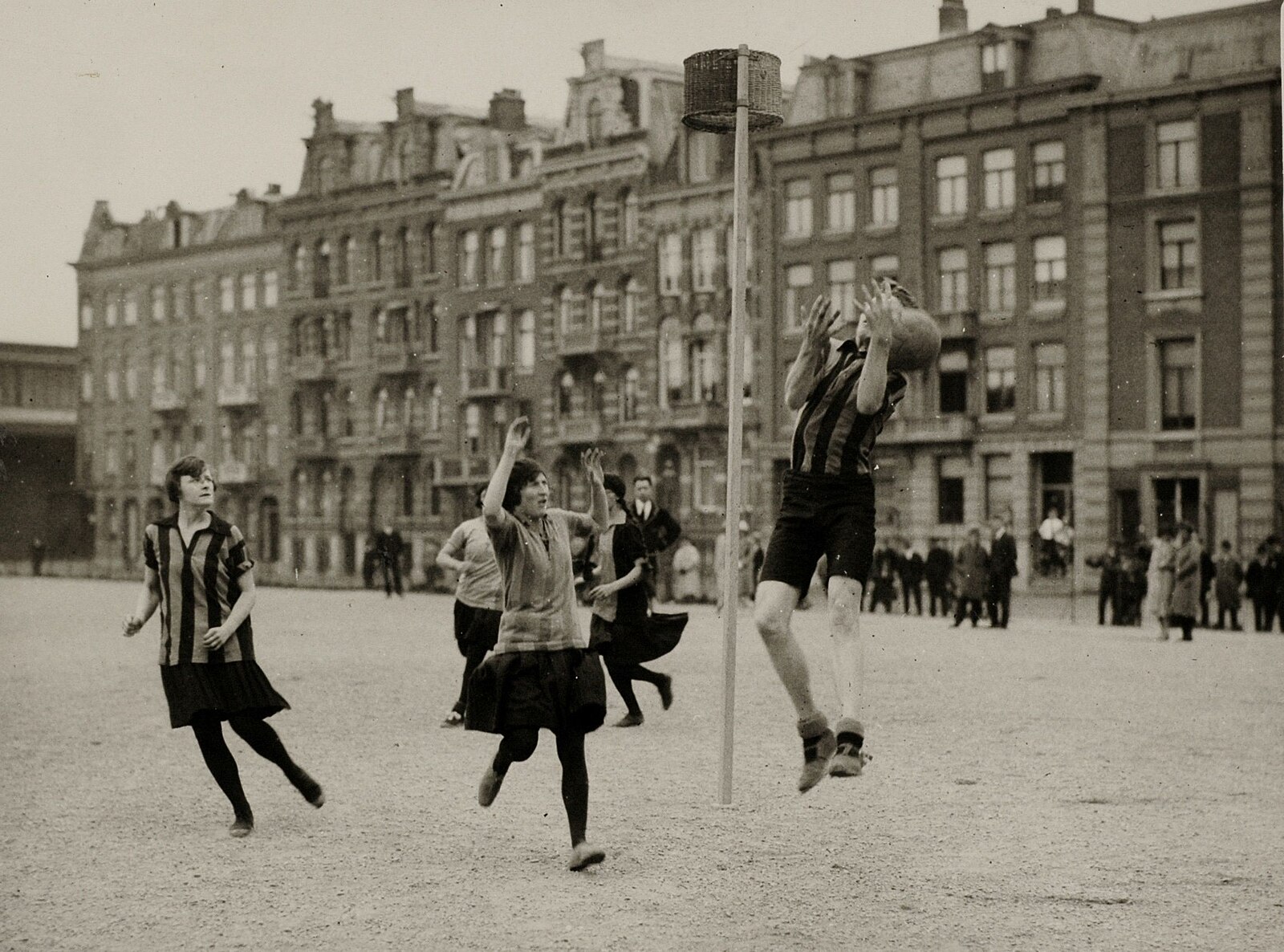
Korfball
Korfball, a mixed-gender sport similar to basketball, was included in the Olympics in 1920 and 1928 as a demonstration event. Originating in the Netherlands, the game involves teams of men and women aiming to score by throwing a ball into a high basket. PD-US / Wikimedia
Roller Hockey
Roller hockey was featured as a demonstration sport in the 1992 Barcelona Olympics. Similar to ice hockey but played on roller skates, the sport was popular in the 1990s. Argentina won the gold medal in this event. Although it did not become a permanent fixture in the Olympics, roller hockey continues to be enjoyed recreationally and competitively worldwide. BugWarp / Wikimedia
Some of these unique competitions were fleeting trials, while others have persisted or evolved into contemporary Olympic disciplines. Tim Hipps / Wikimedia